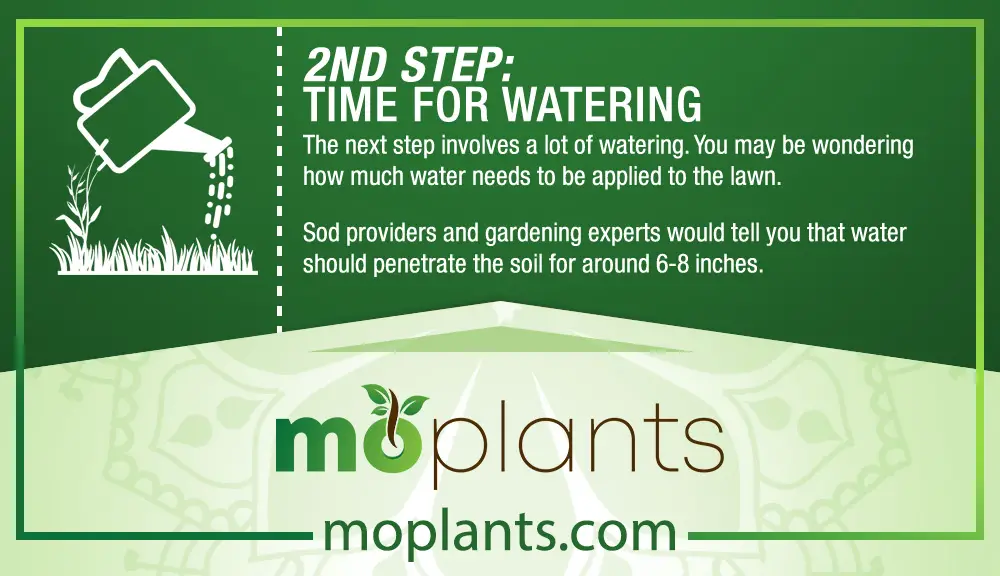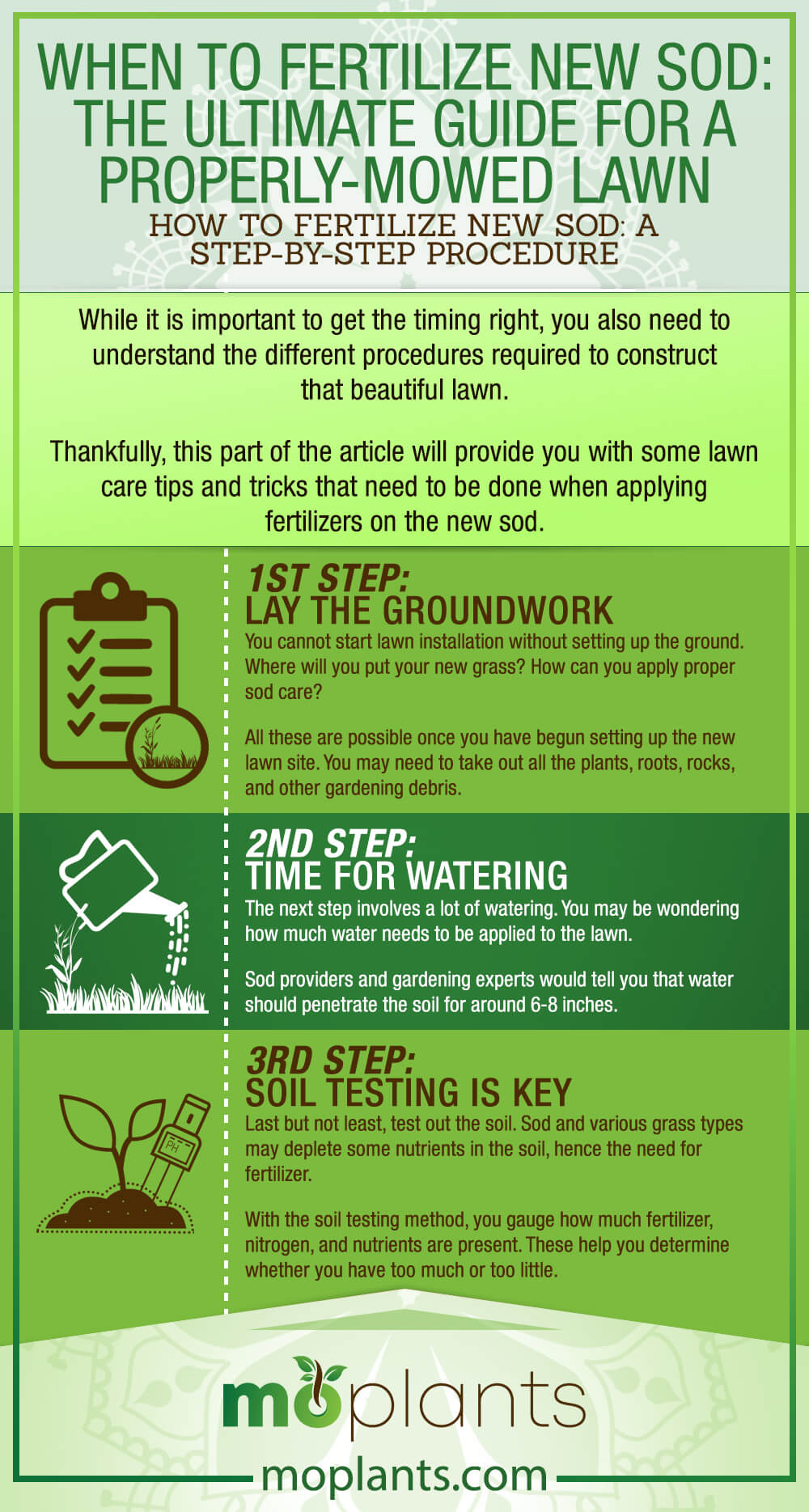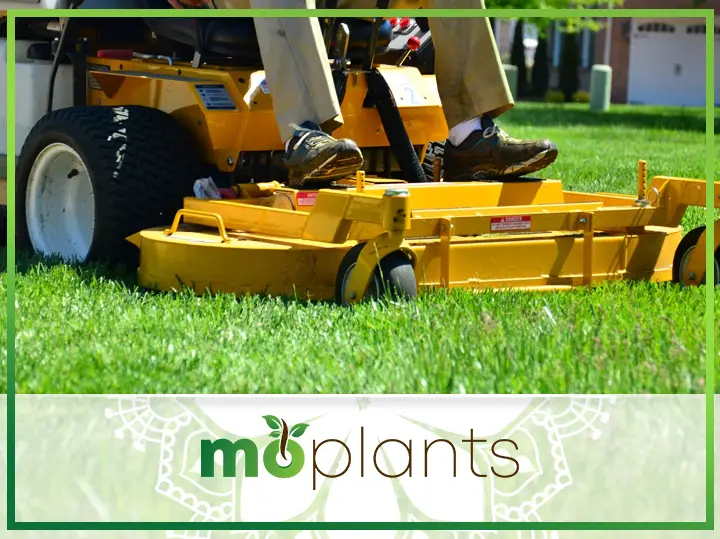Grass sod installation plays an integral role in the maintenance of the garden. It requires a lot of hard work, but the results speak for themselves.
It’s one thing to fertilize new sod, but it’s another ballgame trying to maintain it. Keep reading to find out the keys to a healthy lawn and safe garden environment.
When Is the Perfect Time to Fertilize New Sod?
Among the different factors and processes, timing is one of the most important aspects to consider.
You want to make sure you are in sync with the correct and recommended time frames to develop a fresh new lawn.
Most gardening experts would tell you to wait for about four to six weeks after installation.
Inserting fertilizer right away might cause negative effects such as wilting and chemical reactions on the surrounding plants and roots.
Before applying fertilizer, you want to make sure the new grass gets settled on the new surface during the establishment period.
Also, do not put fertilizers with heavy doses of nitrogen content. Regardless of whether or not you use turf grass, unbalanced fertilizer particles may cause long-term repercussions on the lawn.
How to Fertilize New Sod: A Step-by-Step Procedure
While it is important to get the timing right, you also need to understand the different procedures required to construct that beautiful lawn.
Thankfully, this part of the article will provide you with some lawn care tips and tricks that need to be done when applying fertilizers on the new sod.
1st Step: Lay the Groundwork
You cannot start lawn installation without setting up the ground. Where will you put your new grass? How can you apply proper sod care?
All these are possible once you have begun setting up the new lawn site. You may need to take out all the plants, roots, rocks, and other gardening debris.
Doing so allows sufficient space for tiling, fertilizer application, and superior performance.
If you don’t want to say goodbye to your garden friends, you can still apply sod on top of grass and plants.
However, do note that your lawn needs weeding because these plants may rise above the sod.
One other way that does not require nitrogen or other fertilizer types is the ground cover. The biodegradable mesh does not allow plants to affect the sod negatively.
Regardless of how you want to set up the ground, the choice is entirely up to you.

2nd Step: Time for Watering
The next step involves a lot of watering. You may be wondering how much water needs to be applied to the lawn.
Sod providers and gardening experts would tell you that water should penetrate the soil for around 6-8 inches.
This will contribute to positive results, such as root growth and the passage of nutrients.
After installation on the first day, you want to maintain ample moisture for at least 14 days for top-tier new sod care.
For more consistent results, water the sod two times a day for around 15-20 minutes.
To prevent evaporation, continue watering the lawn for an additional two weeks. Doing so will result in a fully-rooted turf.
You need to bear all these in mind, especially if you live in a location with water restrictions.
You need to be two to three steps ahead of everyone else to satisfy your lawn’s watering needs.

3rd Step: Soil Testing Is Key
Last but not least, test out the soil. Sod and various grass types may deplete some nutrients in the soil, hence the need for fertilizer.
With the soil testing method, you gauge how much fertilizer, nitrogen, and nutrients are present. These help you determine whether you have too much or too little.
If you have a hard time accessing such tests, try out the 10-10-10 slow-release granular formula. Each number represents a steady balance of nitrogen, phosphorus, and potassium.
Be sure to apply the fertilizer formula six weeks after installation.
While we were able to answer when to apply fertilizer on the new sod, note that there are other factors to consider like weather, different areas, irrigation system, etc.
Hence, you may not get the result you expect.

Infographic

When Should I Water New Sod?
When we are talking about a daily basis, morning is the ideal time to water new sod. For starters, morning hours contain little to no wind, which benefits both the soil and grass.
Also, the soil gains ample water absorption needed for the formation of new sod.
We highly recommend you do the watering from around 6 to 8 in the morning for more optimized results and a well-managed root system.
“Why can’t we install grass sod in the afternoon and evening?” you may ask. Here are the problems with fertilizing new sod during those hours.
If you do the lawn watering in the afternoon, the scorching heat completely evaporates the water. Therefore, the soil might not receive the essential nutrients and moisture needed for sod formation.
On the other hand, watering the lawn at night might result in excess moisture, resulting in fungus and bacteria formation.
How to Practice Proper Sod Water Maintenance?
Unfortunately, not all areas and households have access to an unlimited water supply. One gardening site may have more water than a common residential home.
So the question is, “How can I maintain water for the sod to grow properly?” These are some tips to help you improve your watering experience.
We highly recommend using a water sprinkler for the grass for the sod to receive sufficient water supply throughout the day.
If you need help setting up, we suggest you consult experts and professionals because they understand important concepts like proper irrigation, grass type, and seed growth.
Why Do We Suggest Using the Lawnify New Lawn Starter Box?
Are you looking for a well-trusted brand that gives your sod enough nutrients and fertilizers? Why not try out the Lawnify New Lawn Starter Box.
Unlike other sod solutions brands, Lawnify provides a steady dose of phosphorus, potassium, and carbon. These elements are essential for lawn establishment.
After the first couple of weeks, you can start applying nitrogen for immediate results.
With the help of Catalyst Technology, nutrients come in the form of nano-sized chips. The smaller the particles, the more efficient the results will be.
These results include developed roots, greener leaves, and improved garden health.
Put the fertilizers in separate trays so that all areas of your lawn gets a balanced supply.
Conclusion
We hope you were enlightened on when to fertilize new sod., We also hope you have thoroughly gone over the different steps and tips on maintaining the new lawn.
Indeed, keeping the grass green and the garden secure requires a lot of effort and hard work. Watering multiple times is already an arduous task in itself.
With proper nutrients, mowing tools, and enough water supply in all areas, expect a full-blown installation project that will outdo other neighboring lawns.
For more questions or inquiries, please feel free to contact us.

